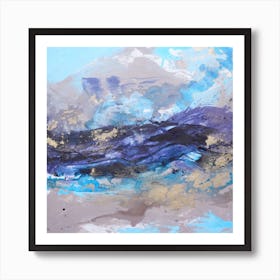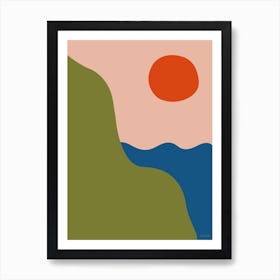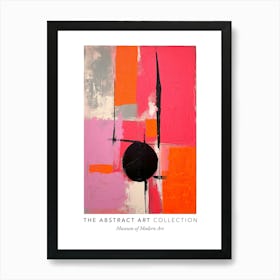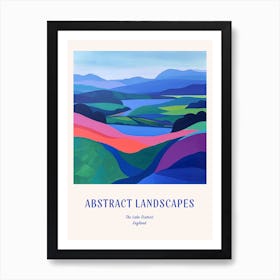Framed Abstract Wall Art
From $27$20
From $22$16
From $22$16
From $27$20
From $25$19
From $22$16
From $27$20
From $27$20
From $27$20
From $27$20
From $27$20
From $27$20
From $29$22
From $27$20
From $27$20
From $27$20
From $27$20
From $22$16
From $27$20
From $55$41
From $27$20
From $27$20
From $22$16
From $27$20
From $27$20
From $27$20
From $31$23
From $27$20
From $27$20
From $26$19
From $27$20
From $27$20
From $27$20
From $27$20
From $27$20
From $27$20
From $25$19
From $27$20
From $27$20
From $22$16
From $27$20
From $27$20
From $27$20
From $25$19
From $25$19
From $26$19
From $27$20
From $27$20
From $27$20
From $27$20
From $27$20
From $27$20
Looking for something different?
Explore related searches
GicleeArtfulPaint ArtModernScreenprintKandinskyDecoFauvistMixed MediaWork OfWallpapersImageFauvismAbstract LandscapeFigurativeIllustrationsColorDeco ArtColourfieldGraphicPicasso AbstractWall ContemporaryCubistAbstract GeometricAbstract FlowerWatercolour AbstractContemporaryAbstract LinearAbstract FloralColourWall MuralAbstract Watercolor
Hear from our Framed Abstract Wall Art customers
4.8 (4,746)
Anonymous .
Verified purchase · 11 Mar 2024
We love the art and the frames. Everything was shipped quickly and it looks great.
Anonymous .
Verified purchase · 21 Dec 2024
quality, delivery, notification-everything excellent
Anonymous .
Verified purchase · 21 Dec 2024
We love our new artwork and it looks amazing in our room. Great service. Thank you.
Frequently asked questions
Popular shops
Wall Art Prints & PostersArt PrintsAbstract Wall ArtBedroom Wall Art & DecorKitchen Wall ArtLiving Room Wall ArtWilliam Morris Art Prints & PostersNature Art Prints and PostersAnimal Wall ArtArt Deco Posters & PrintsBathroom Wall ArtArt Prints By RoomPlants Wall ArtDining Room Wall ArtHallway Wall ArtHenri Matisse PrintsGym Wall ArtGustav Klimt Art Prints & PostersClaude Monet Art Prints & PostersPaul Klee Art Prints & Posters




































































































